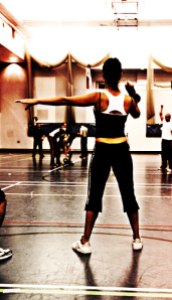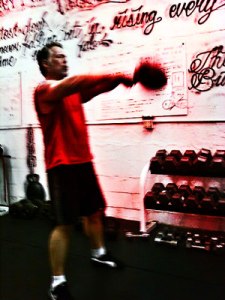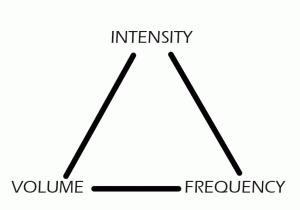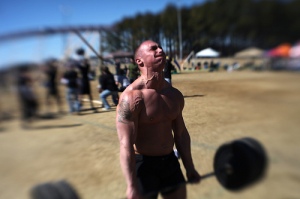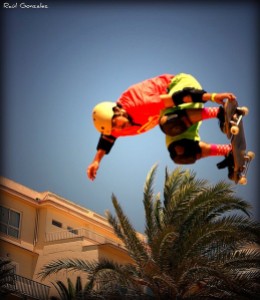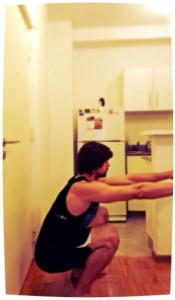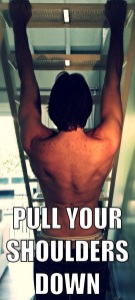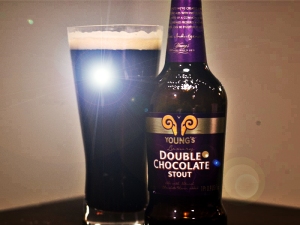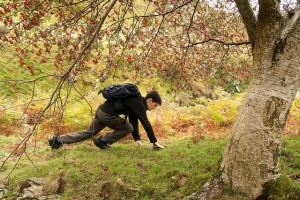What happens when time derails?
Usually (and I’m sure you can relate), I’ve got time to work, workout, write this blog, meet with friends, … and even read a

Some aspects of life will get in the way! Photo by Giuseppe Savo
book before bed, getting around 7-8 hours of sleep and feeling happy. But, as I’m sure it has happened to you, sometimes things just won’t fall in place, social life demands more time, work demands more time, and of course, we sacrifice those things that aren’t really a priority, we’re after all, busy people. In most cases (most certainly mine), fitness goes out the window. And this has happened to me during finals, heavier working periods, etc.
Of course, during those moments I didn’t know what I now know. And, being mindful of these things I do have a couple of back-up plans that respond to my goals for such times. I’ve decided I would always have time to practice, so, I’ll practice even in the event of having little time.
In this post, I wanted to share with you these “principles” I keep in mind to build short time effective workouts.
5 Rules for busy people!
Keep your goals in mind!
This is very important, since you’ll have to make decisions based on this.
Cut the fat
Pareto’s principle states that 20% of the efforts deliver 80% of the results. Lean your routine, simplify. What doesn’tbuild to your goals needs to go (this will be temporal after all).
A little every day goes a long way
There’s no reason why you can’t divide your workouts to “a little every day”. Grab your training journal and estimate
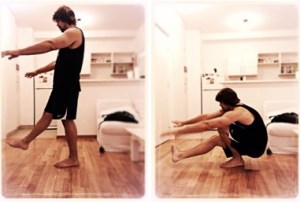
Working out in your apartment is a great time saver for busy people. And the pistol squat are great for a complete leg workout in an exercise
your total weekly volume of those key exercises that lead to achieving your goals. Divide this by 5 or 6, you’ll have a daily goal of sets that you can probably manage better, and in shorter time!
This also works for conditioning
Remember to enjoy it!
Most excuses come in the form of “I don’t have time for that”, when they really mean “I couldn’t give two tugs of a (for the rest, read Metropolitan (awesome comic))”. You’re workout won’t always be fun and you won’t always be motivated. But, if it’s a chore it will be a lot harder to pull off.
Keep it temporal
This is a great strategy to employ in moments of little time. But they can get boring. So, unless you fall in love with this type of training (as I have, and miss it), keep it only for moments that you have to rush it (like finals, life with kids, etc.).
What are the weirdest excuses you’ve heard? Post them in the comment section so we can all have a laugh!
Next post will be featuring a couple of workouts with this in mind, so if you have any particular time restriction, be sure to let me know so I can feature something factoring it!
